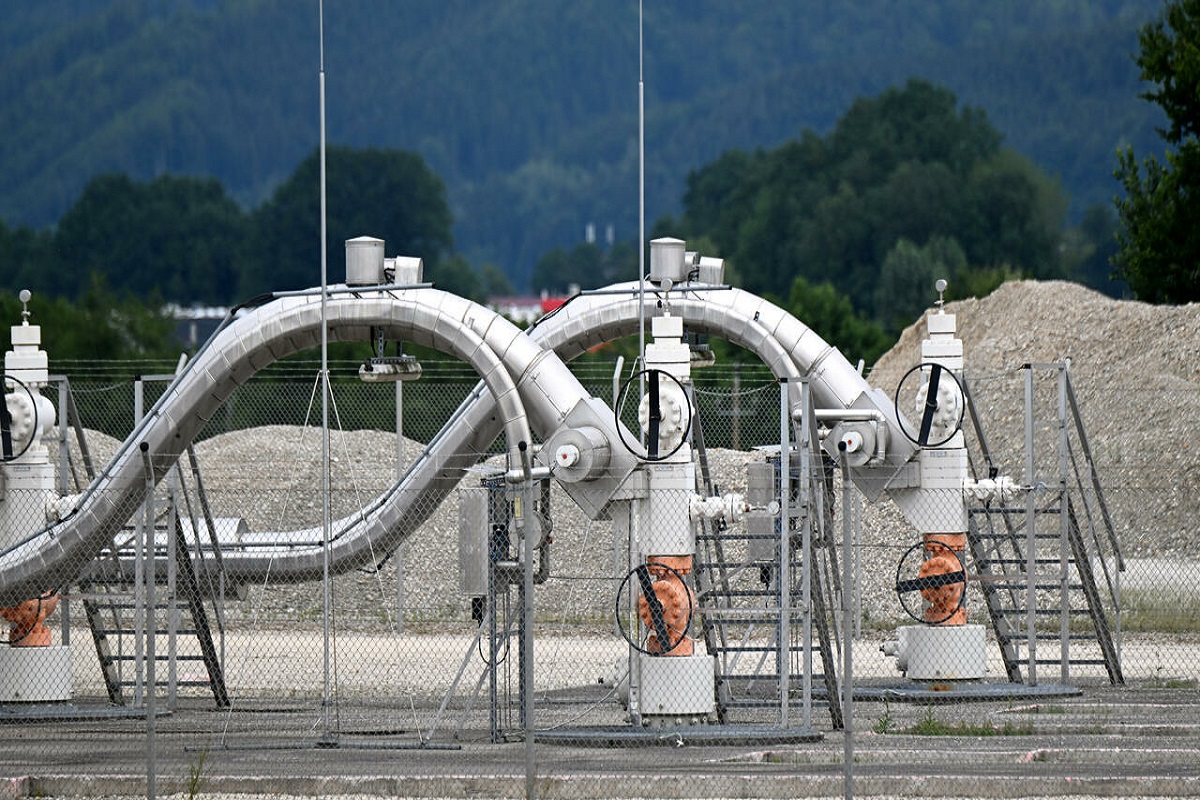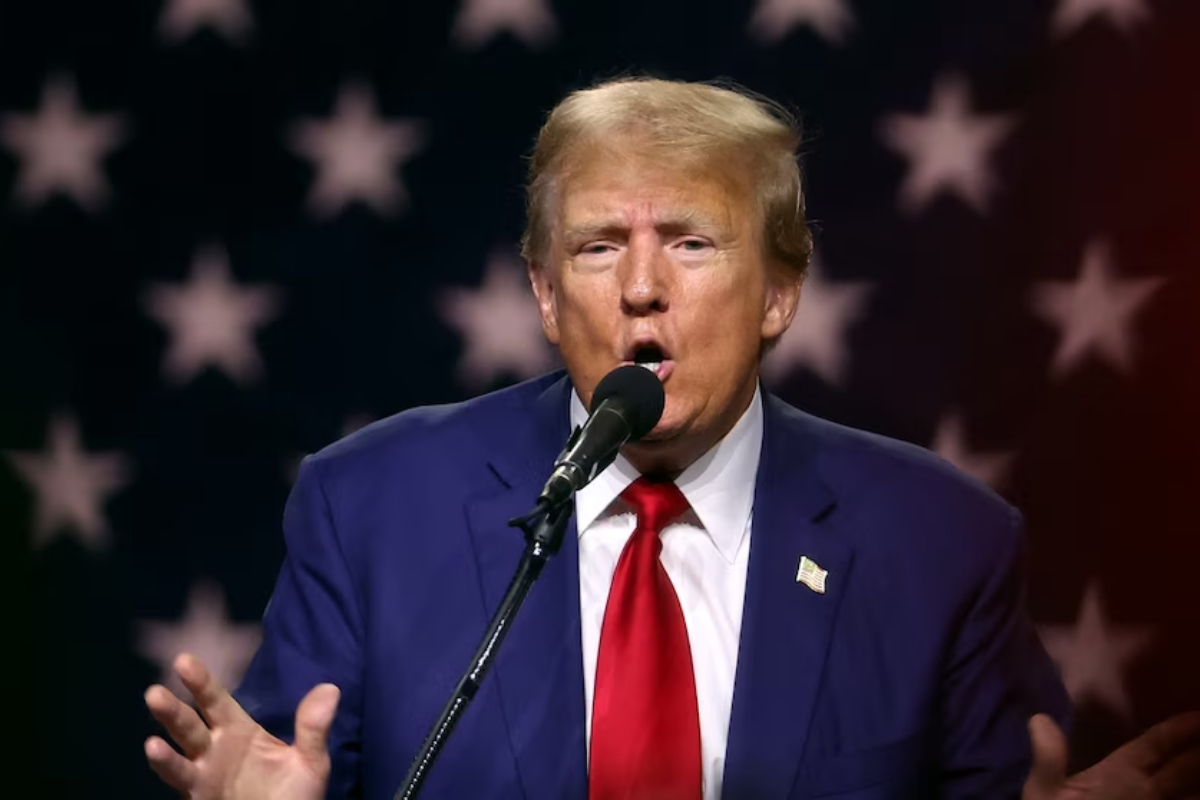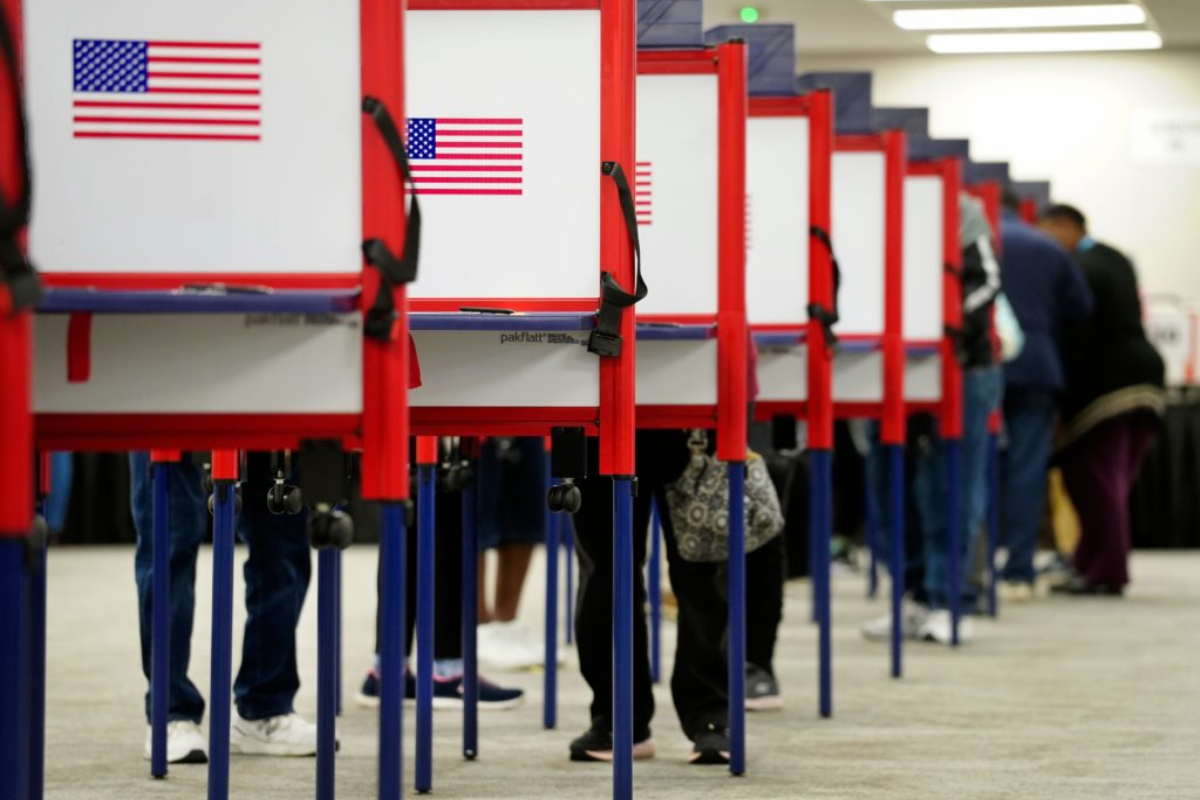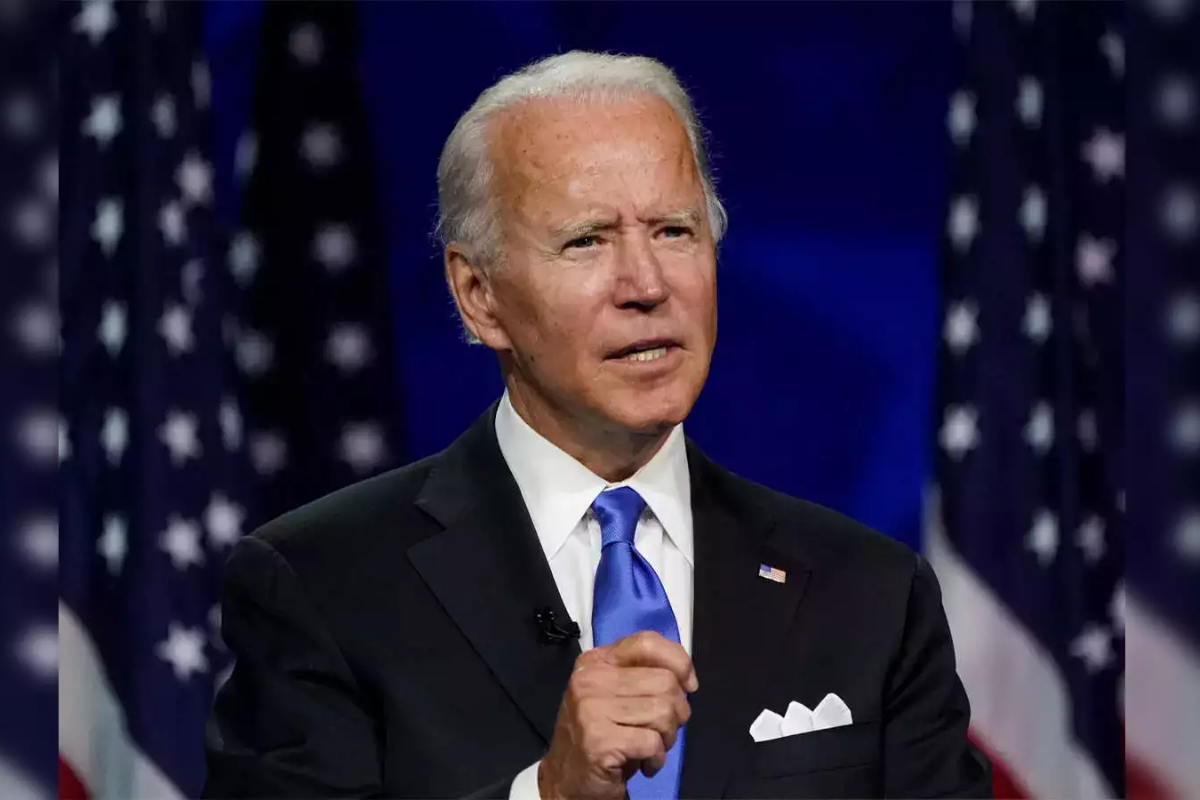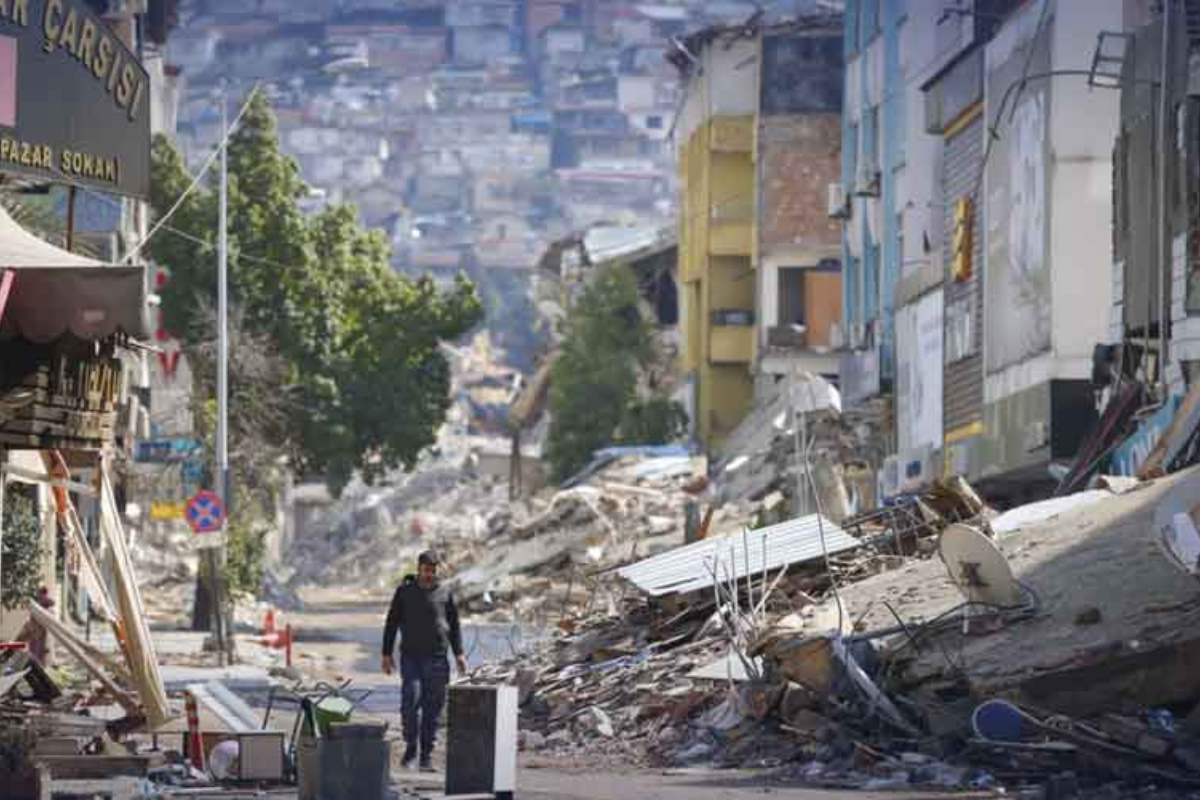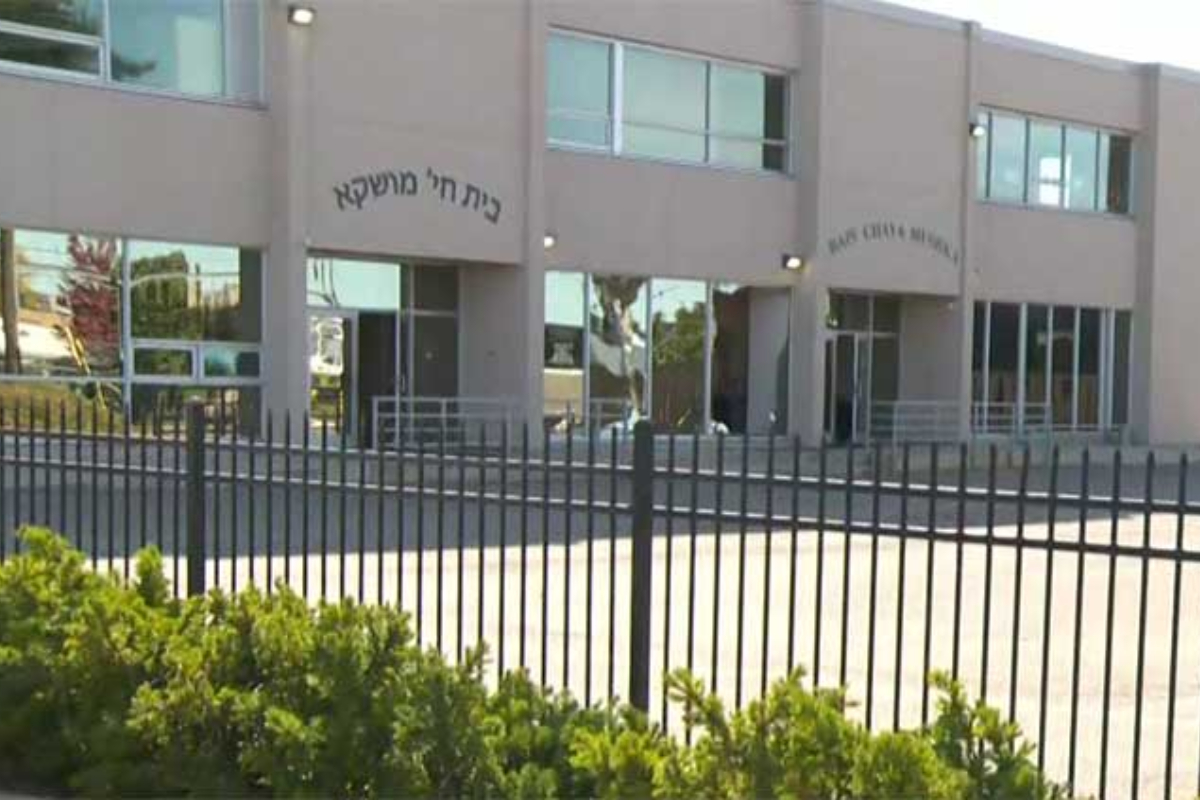- The European Union has instructed its members to reduce their gas use by 15% until March. This follows a 10-day hiatus for maintenance on the Nord Stream 1 pipeline. Supplies through other routes, like Ukraine, have also decreased since Russia invaded its neighbour in February.
- Russian gas exports through Nord Stream 1 are expected to resume on Thursday, though at a reduced rate. Delays were attributed to the return of a turbine that Siemens Energy (ENR1n.DE) was maintaining in Canada.
- Germany may see additional reductions in supply or possibly a complete halt to flows. Russian gas deliveries to China reached a new daily record as part of its pivot east.
As a precaution, the European Union instructed its members to restrict their gas use by 15% until March after President Vladimir Putin warned that Russian supplies transported to Europe via the largest pipeline might be further reduced or perhaps cease entirely.
Following a 10-day hiatus for annual maintenance, deliveries through the Nord Stream 1 pipeline, which account for more than a third of Russian gas supplies to the EU, are scheduled to resume on Thursday.
However, flows through other routes, like Ukraine, have also decreased since Russia invaded its neighbour in February, while supplies via that route had already been limited even before the maintenance interruption due to a dispute over sanctioned parts and may now be further reduced.
The delays have made it more difficult for Europe to top off its gas reserves before winter, increasing the possibility of rationing and a further blow to the already weak economic recovery should Moscow further restrict shipments in retaliation for Western sanctions related to the crisis in Ukraine.
All EU member states were given the option to voluntarily reduce their gas usage from August to March by 15% relative to the average amount they consumed over the same time period from 2016 to 2021.
[embedpost slug=”/late-prince-philips-will-to-be-made-public-after-new-legal-row/”]
“We are being threatened by Russia. Energy is being used as a weapon by Russia. Therefore, Europe must be prepared for any scenario, whether it involves a partial, significant, or whole cutoff of Russian gas “Ursula von der Leyen, president of the EU Commission, stated.
If the EU identified a significant risk of severe gas shortages, the Commission’s plan would allow Brussels to make the objective mandatory in an emergency. View More
The action will be discussed on Friday so that ministers can accept it on July 26. It requires the support of EU member states.
One EU official stated, “We believe that a full disruption is likely.” Waiting will increase the cost and result in us following Russia’s lead.
By November 1st, storage facilities are expected to be 80% full, up from a current occupancy rate of 65% across EU member states.
ARE FLOWS RESURING?
Politicians in Europe claim that Russia is cutting delivery under the guise of technical difficulties. The Kremlin claims that Russia is a trustworthy energy source and attributes the decline in supply to sanctions.
According to two Russian sources aware with export strategies, flows through Nord Stream 1 are anticipated to resume on Thursday, though at a rate below its daily capacity of 160 million cubic metres (mcm).
Gas exports through the pipeline were reduced by Kremlin-controlled Gazprom (GAZP.MM) to 40% of capacity in June. Delays were attributed to the return of a turbine that Siemens Energy (ENR1n.DE) was maintaining in Canada.
This week, it was reported that the turbine, which had been affected by the sanctions, was returning; however, on Wednesday, Gazprom stated that it had not yet received the paperwork necessary to reinstall it. The company added that the maintenance of other equipment as well as the return of the turbine were necessary to keep the pipeline operating safely.
[embedpost slug=”/european-space-agency-develops-robotic-arm-that-will-collect-martian-soil/”]
Germany, which heavily relies on Russian gasoline, may see additional reductions in supply or possibly a complete halt to flows through the pipeline that runs beneath the Baltic Sea, according to Putin.
The pipeline, he said, might yet result in a complete shutdown in the future depending on other factors and the quality of the returned equipment from Canada.
He stated in broadcast remarks, “Maybe… they will turn it off at some point, and that’s it, and Nord Stream 1 will end, because they come from there, from Canada. View More
Since the Ukraine conflict erupted, gas prices have skyrocketed in the choppy market. On Wednesday, the front-month gas contract rose beyond 160 euros per megawatt hour (MWh), 360 percent higher than a year earlier but lower than its March peak of 335 euros.
‘CRUMBLING’ ELECTRONICS
Price increases have put electricity firms under pressure, leading to bankruptcies. The government of Germany intends to give Uniper, the nation’s largest consumer of Russian gas, billions of euros (UN01.DE). View More
According to Siemens Energy, maintaining the Nord Stream 1’s turbines would typically be a routine task. It declared that it would continue performing equipment maintenance under restrictions when necessary and possible, and that it would move as quickly as it could. View More
In earlier statements, Putin claimed that one of the five Siemens Energy-operated gas pumping units at Nord Stream 1 was inoperable because of “interior lining disintegrating” and that a second was scheduled to be transported for maintenance on July 26.
Putin claimed that Gazprom, which has a monopoly on Russian pipeline gas exports, was not to blame for the decline in the amount of gas that could be transported to Europe.
Although Ukrainian authorities attribute the closure to Russia’s invasion, he accused Kiev of closing one route across Ukraine.
Gazprom reported on Wednesday that Russian gas deliveries to China reached a new daily record as part of its pivot east. Moscow has been increasing its ability to supply China even while deliveries to Europe are decreasing, despite the fact that the supply system in Europe is not connected to Russia’s network in the far east.
However, the global gas market was already constrained before the Ukraine crisis, and demand for the fuel has been increasing since the pandemic-related decline. Despite this, European nations have been searching for alternate suppliers.
As part of those efforts, more gas has been sought from producers who have pipeline connections to Europe, such as Algeria, and new liquefied natural gas (LNG) terminals have been built or expanded to accommodate cargoes from much further away, such as the United States.

